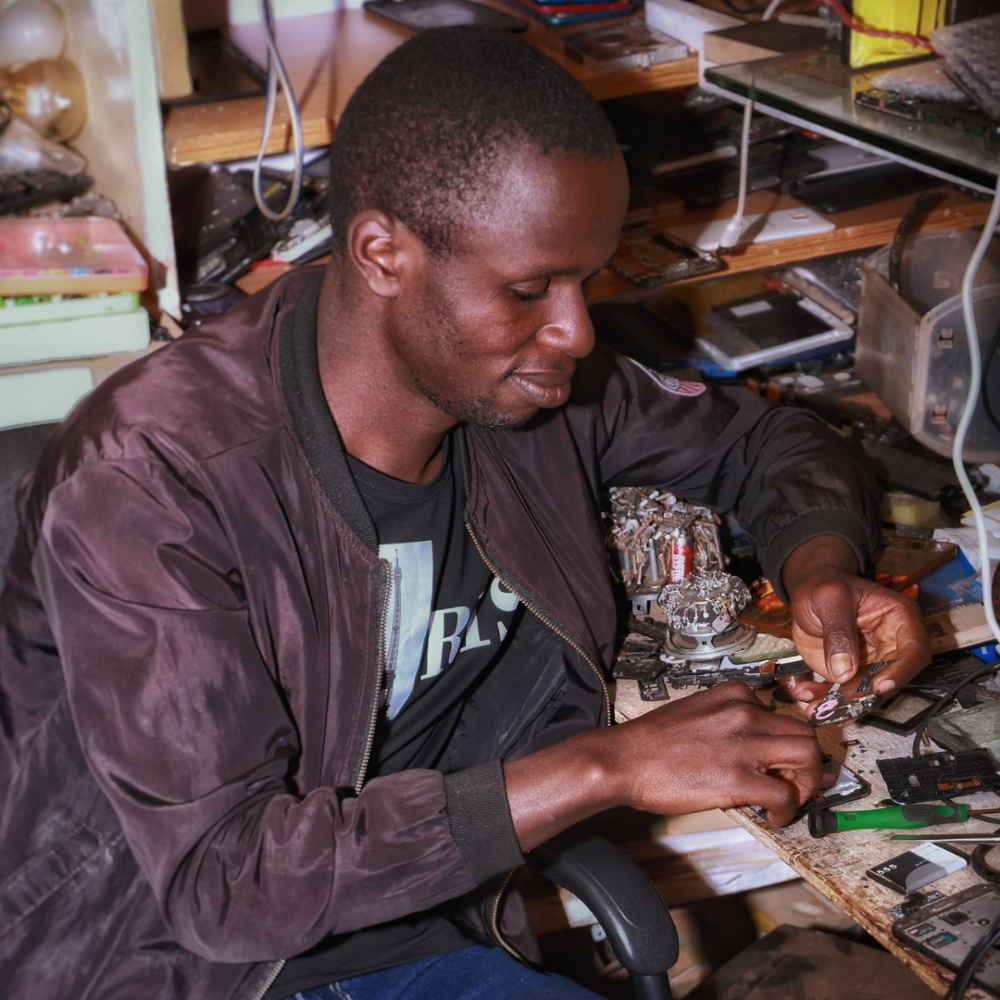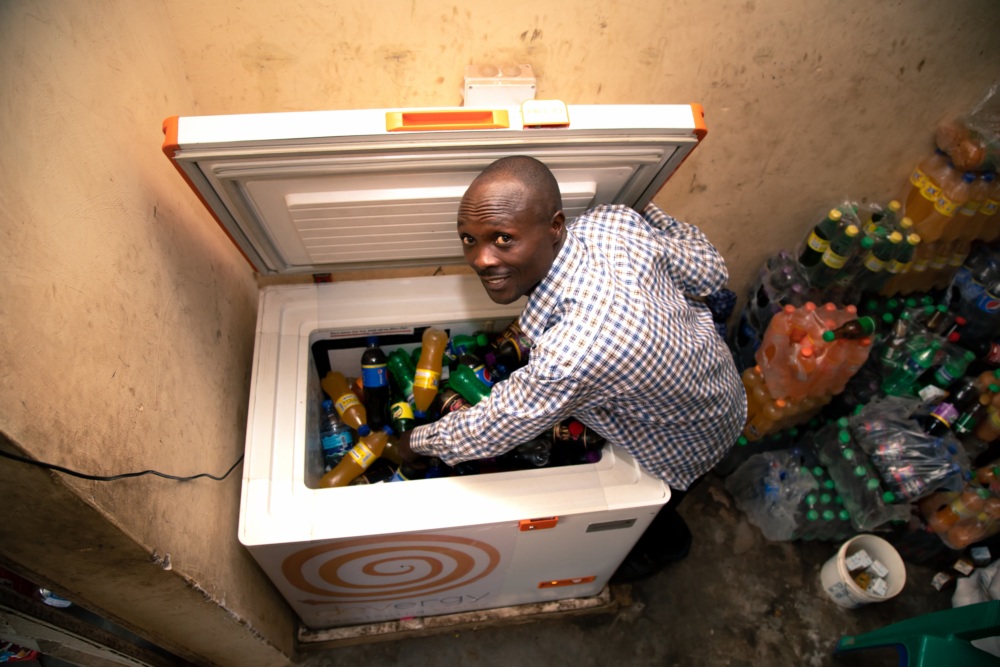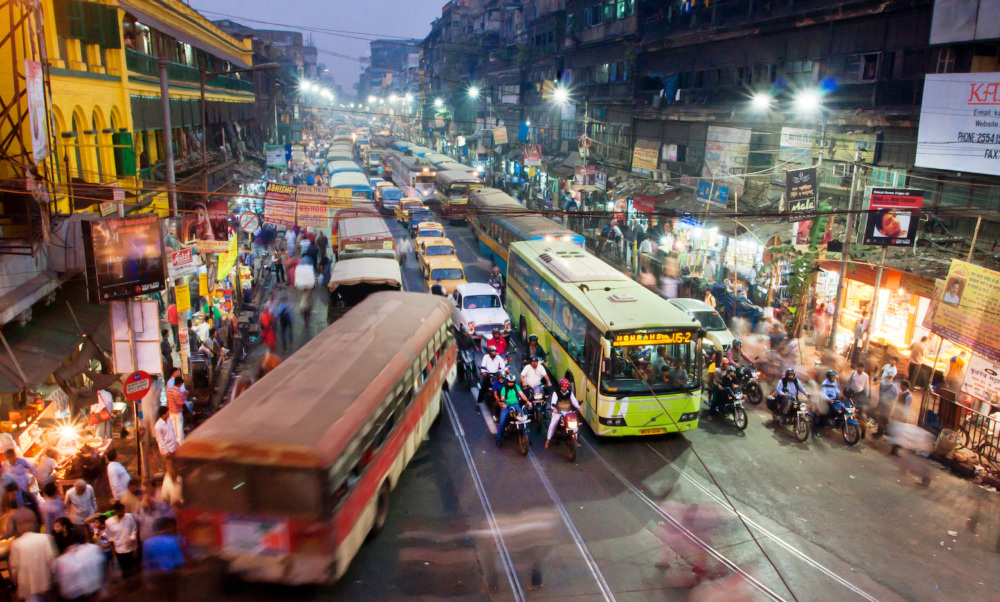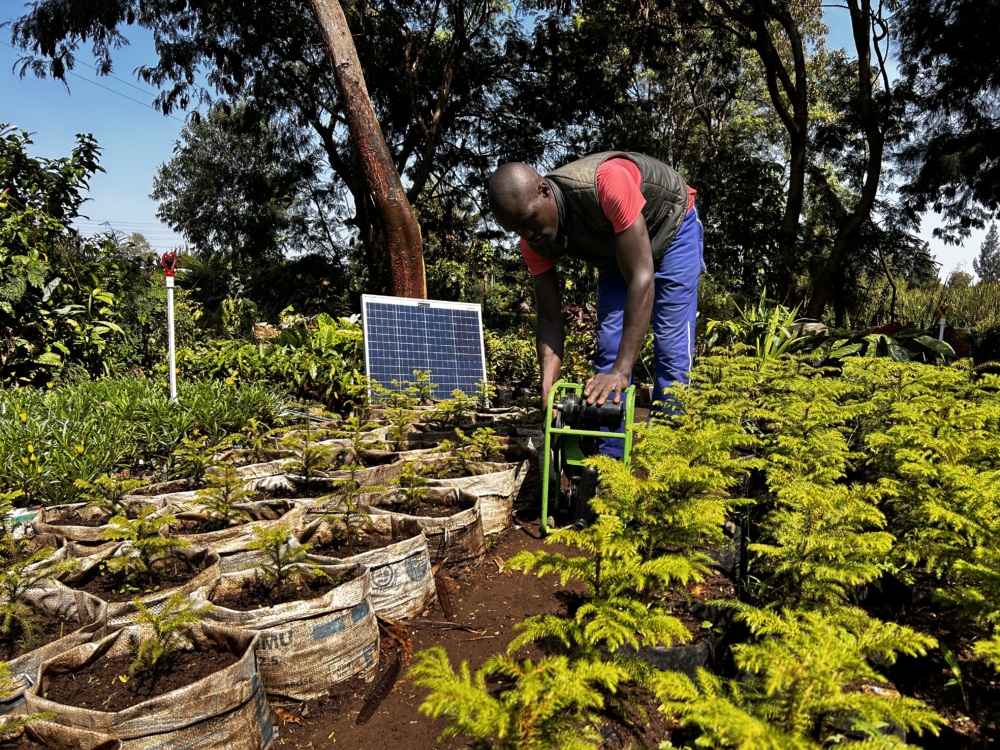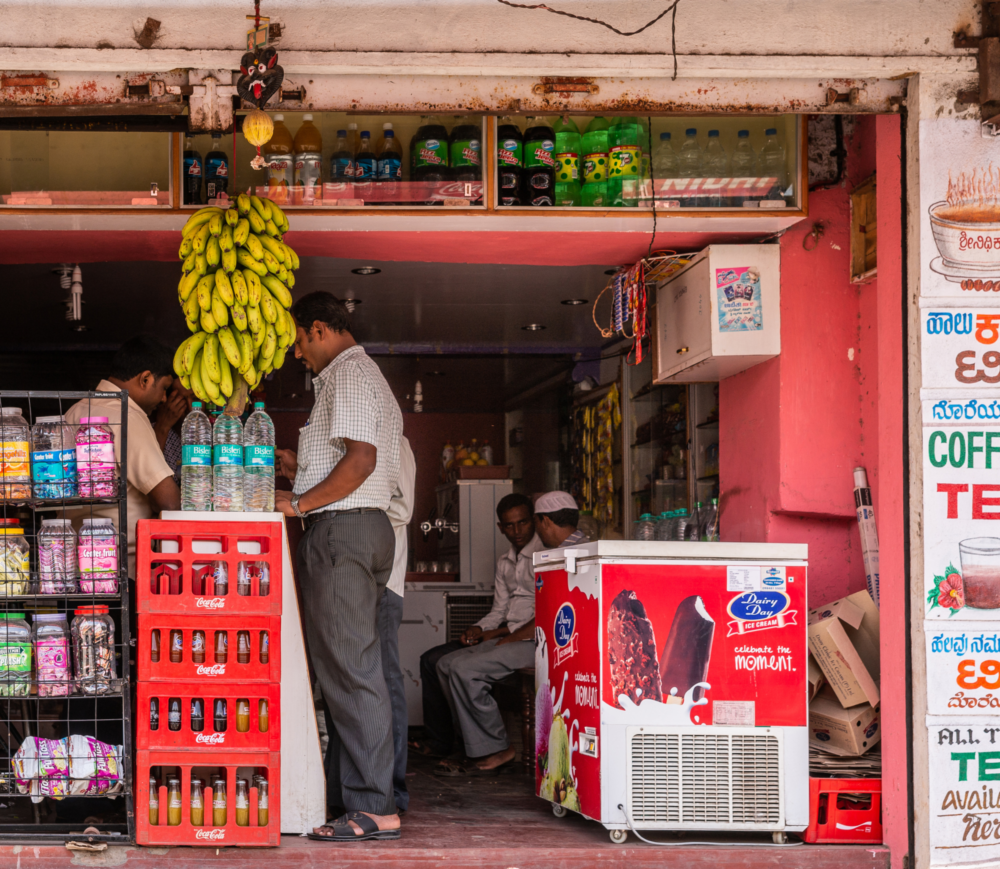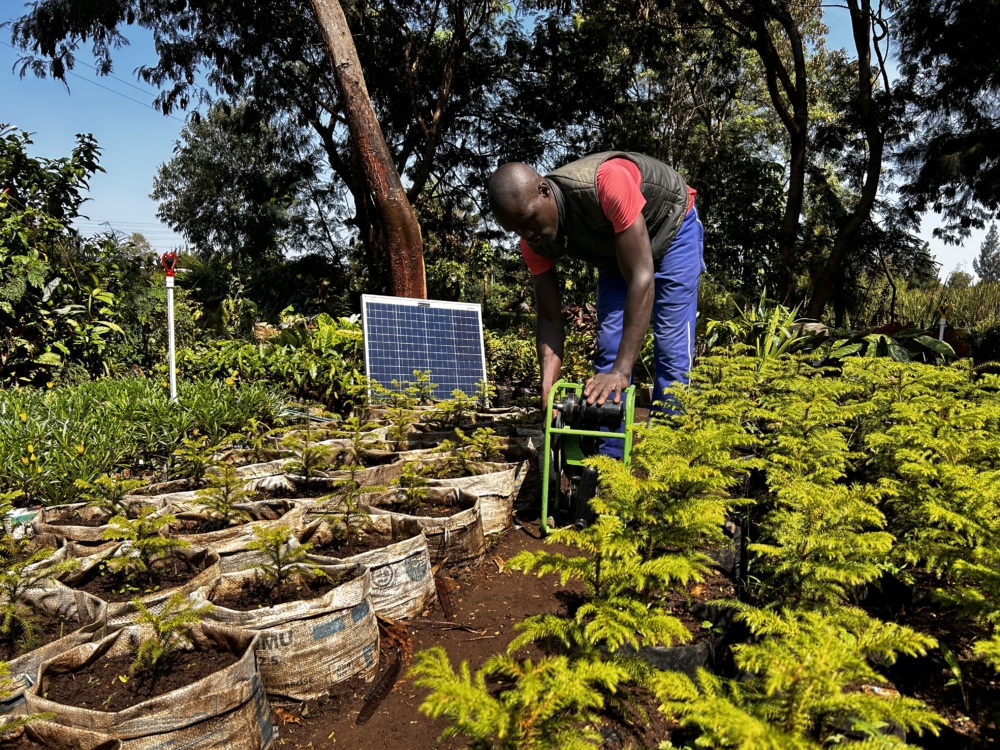Energy Efficiency in the Favelas
Summary
New report reveals insights about the intersection of energy, poverty and efficiency in favelas across Rio de Janeiro.
The Sustainable Favela Network (SFN), Favelas Unified Dashboard, and RioOnWatch are initiatives of the NGO Catalytic Communities (CatComm). The course “Researching and Monitoring Water and Energy Justice in the Favelas,” was carried out collaboratively by the following organizations: Roots in Movement, ICICT and EPSJV (Fiocruz), Climate and Society Institute, CLASP, LabJaca, DataLabe, and Casa Fluminense.
A new report from Catalytic Communities offers insights into the efficiency of service provision and use in favelas across Rio de Janeiro where inefficiency affects lowest income residents the worst. CLASP provided trainings to the researchers on energy efficiency, helping to craft the survey design and questions.
The data presented in the new report Energy Efficiency in the Favelas reflect the reality of 1,156 families (4,164 people) in 15 favelas from five municipalities across the Greater Rio metropolitan region, and specifically show the relationship between energy and poverty, focusing on the efficiency of service provision and use.
Key Findings
- The lowest-income families make up the majority of those facing energy poverty. 31% of surveyed families experience energy poverty,1 with a disproportionate amount of the family budget going to pay the electric bill.
- 69% of respondents stated that if their electric bill were halved, they would use the money to buy food, which indicates that energy poverty is directly linked to food insecurity for interviewees.
- Air conditioning is responsible for over half (51.4%) of energy consumption in the sample, followed by electric showers (13.8%) and refrigerators (13.6%).
- Energy-saving habits are at a good level across the sample population. Among those interviewed, 78% always remember to turn off the lights when leaving a room and 67% choose LED bulbs.
- Knowledge of energy-efficient appliances and the country’s labeling and assistance programs is low among low-income families: 50.6% state they know what the National Energy Conservation Label (ENCE) means. Of those that know the label, 49.1% state they have bought an electrical appliance based on it being classified in the ENCE A category.
- The Social Electricity Tariff (TSEE) offers discounts on electric bills and provides rewards for energy savings. Approximately 60% of families in the study meet the income criteria for the TSEE, but only 8% state that they receive the benefit. Of the families that meet income criteria to qualify for the TSEE, 90% say they do not receive the benefit.
This report is a follow-up to Water and Energy Justice in the Favelas.
Learn more
0. Energy poverty refers to when an electric bill takes up over 10% of a family’s monthly income (the recommended is below 6.8%).

